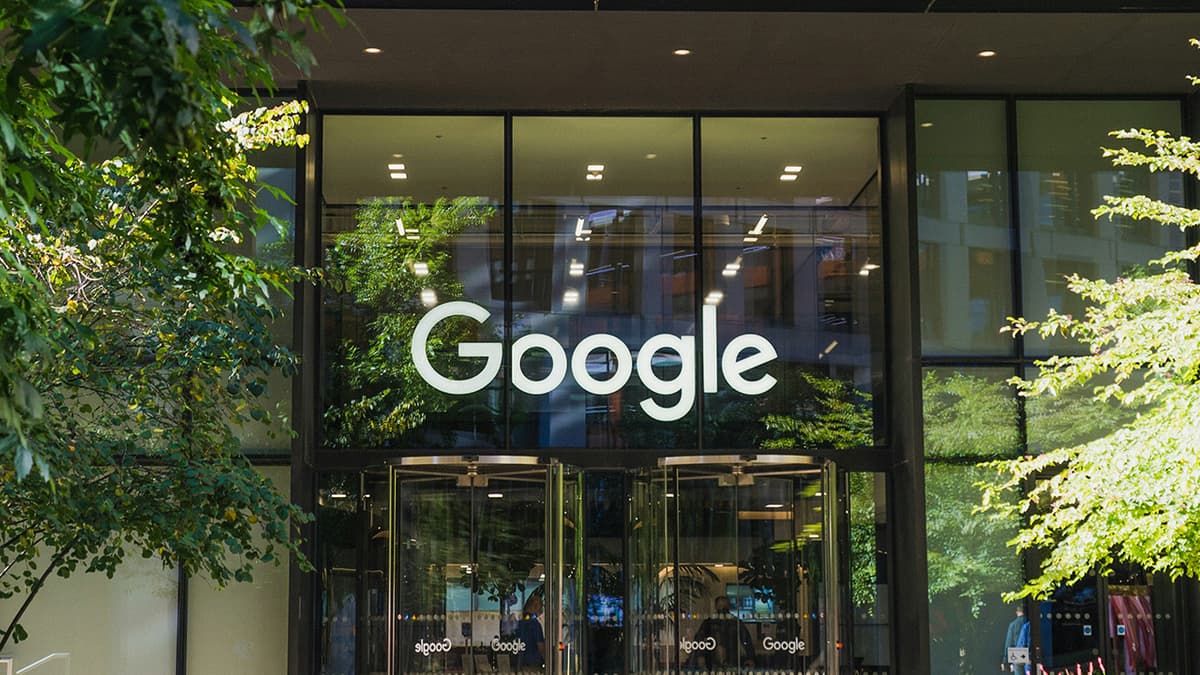The Perils of Overprinting Money
Money makes the world go round, as the saying goes. It's the linchpin of the modern economy, determining the standard of living and the state of commerce. Have you ever wondered if the government can just churn out money endlessly to solve its financial problems? It's not as straightforward as it may seem. Let's embark on a journey through the world of currency and explore the landscape of money printing.
Imagine a world where the government decides to print money at will. Suddenly, there is more currency flowing, and you might think that all financial troubles would evaporate like morning dew. But there's a twist in the tale. Too much money chasing too few goods leads to a notorious villain named inflation.
Inflation is like that one guest at a party who eats up all the snacks, leaving everyone else hungry. When a government prints money excessively, prices shoot up because the value of money drops. You have more cash in your pocket, but it buys less than before. It's akin to filling up a balloon with air - a little might make it buoyant, but too much will pop it. This is the core of the problem with overprinting currency.
An infamous example of this scenario played out in post-World War I Germany. The country was saddled with crippling war debts and resorted to printing money to pay them off. The outcome? Hyperinflation. At its peak, prices doubled every few hours, and the German mark became as valuable as confetti. To buy a loaf of bread, people needed wheelbarrows full of cash!
Another modern-day tale is Zimbabwe in the 2000s. To tackle its economic problems, the government printed more and more money until a single loaf of bread cost millions of Zimbabwean dollars. Such situations lead to a dramatic loss of confidence in the currency, as it no longer holds stable value.
Moreover, if one country's currency devalues due to overprinting, it can disrupt international trade. For instance, if Country A prints more money and causes inflation, Country B might find that Country A’s goods are too expensive or too unpredictable in price to purchase. This could lead to a decrease in trade and potential strains in international relations.
Now, not all money printing is bad. In fact, in measured doses, it can stimulate an economy. Central banks, like the Federal Reserve in the United States, the Federal Reserve often regulate the money supply to keep the economy humming along. They increase the money supply to encourage spending and investment during sluggish economic times and decrease it to cool down an overheating economy. This careful titration of currency is vital to maintaining economic harmony.
But there lies the rub. The act of balancing an economy with money supply is a delicate dance. If overdone, it could trip the economy into either inflation or deflation - both harmful extremes. Inflation, as we’ve seen, diminishes purchasing power and can escalate into hyperinflation. Deflation, on the other hand, while less common, can be equally devastating. It occurs when there’s too little money in circulation, causing prices to drop. While that might sound great, it actually leads to reduced business profits, which can cause layoffs and increase unemployment rates. People may also hold off on spending in anticipation of even lower prices, creating a vicious cycle that stifles economic growth.
Can the government print as much money as it wants? Technically, yes. Should it? That's where the story gets complicated. A government printing money recklessly can quickly find its currency plummeting in value, a scenario no country wishes to orchestrate.
Responsible money printing is part of a multifaceted approach to economic policy that includes managing interest rates, controlling government spending, and steering fiscal policies. These tools collectively help maintain the purchasing power of currency, ensuring that it continues to serve as a reliable medium of exchange, a unit of account, and a store of value.
Even so, the idea of limitless money is seductive. It promises an easy solution to economic woes, much like a magic wand. But just like in the mythical stories, every spell comes with its own set of repercussions. The true magic lies in striking a balance, understanding the complex economic ecosystem, and respecting the genuine value behind the paper and coins that circulate in our wallets.












